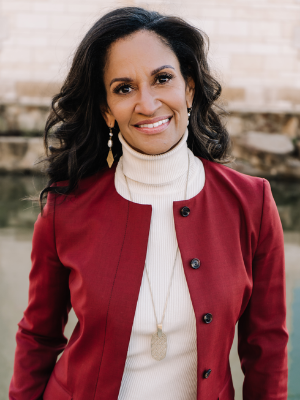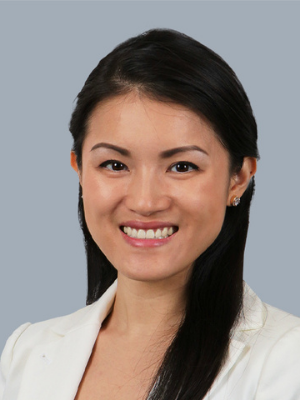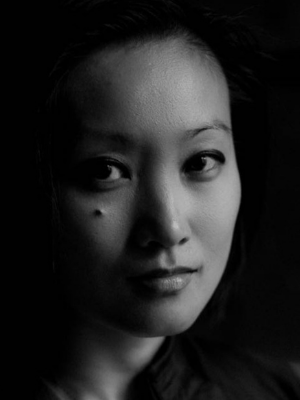 It is no secret that the workplace has been completely transformed since the global pandemic and racial reckoning that swept 2020. Some of the disruption has been good for business, forcing an agility on companies who must learn to be more responsive in a rapidly evolving marketplace. It has been good for people, too, with remote work offering the increased flexibility we’ve been wanting for years but were slow to implement. For women at work, flexibility is becoming a stake in the ground instead of the benefit it once was. For women of color, however, the story is much more complicated.
It is no secret that the workplace has been completely transformed since the global pandemic and racial reckoning that swept 2020. Some of the disruption has been good for business, forcing an agility on companies who must learn to be more responsive in a rapidly evolving marketplace. It has been good for people, too, with remote work offering the increased flexibility we’ve been wanting for years but were slow to implement. For women at work, flexibility is becoming a stake in the ground instead of the benefit it once was. For women of color, however, the story is much more complicated.
According to a recent survey by Fairy Godboss and nFormation in 2021, one third of women of color planned to leave their workplaces in the next year, with burnout being the leading factor at 51%, followed by different career/greater purpose and salary/benefits tied at 47%. When we dig deeper, “burnout” for women of color is fueled by multiple competing ideas: more work with less appreciation, more discussions about racism without meaningful and effective mitigation of its effects, and greater focus on diversity, equity, and inclusion softened by little measurable progress.
Despite statements about commitments to diversity, the same survey revealed that nearly two thirds of women of color aren’t satisfied with their company’s diversity and inclusion initiatives, with 60% saying their companies are not properly prepared to handle racist incidents in the workplace.
Is it no shock then that merely 3% percent of Black knowledge workers want to return to full-time on-site work, as opposed to 21% of their white peers, and that Asian and LatinX also prefer a hybrid or fully remote work environment.
Many are wondering why, with dominant assumptions centering on the ability to manage home and work harmoniously. While flexibility has in fact brought unintended benefits to many women, especially those with young children, the pandemic has given women of color another gift that’s growing more valuable with time: psychological safety.
According to McKinsey and LeanIn’s 2021 Women in the Workplace study, women of color are far more likely to be on the receiving end of disrespectful and othering behavior, which includes race-based insults or inappropriate comments. These microaggressions, or subtle acts of indignity that communicate to outgroups that they do not belong, can range from judgments about attire or hairstyle, to ignoring one’s presence in a room, to discounting input or decisions, and even tolerating overt acts of racism or gender discrimination.
During the pandemic, Black and brown women enjoyed a respite from race-based offense and trauma. Working from home meant the avoidance of harmful people, conversations, and spaces while still receiving (most of) the critical information they needed to do their jobs.
Racism wears women of color out, literally and figuratively. The emotional and psychological weight associated with bracing for offense, overthinking whether and how to respond to offense, feeling unsafe in the world and consequently at work, and knowing you must work harder to achieve half the credit and opportunity is not only burdensome, but extremely damaging to the mental and physical health of women of color at work.
We can’t afford to dabble in healing. For businesses that desire to thrive into the future, the path forward is multi-dimensional and urgent.
Be courageous and compassionate.
As a leader, you have an opportunity to “show up” for the people with whom you work in ways that help and heal. When harm is inflicted upon their communities, engaging women of color at work with curiosity and compassion helps them feel seen by you. We want to be seen at work, and ignoring racial trauma makes people feel their pain is invisible to you. Failing to make compassionate connections during times of emotional need also chips away at psychological safety, which is key to creativity and innovation, and a precursor to true inclusion. Another way to show up for people is to intervene directly and immediately when you personally witness race-based offense.
Beware of overwork and undervalue.
Many women of color feel overworked and undervalued. In a LinkedIn poll I conducted earlier this year, the comments section overflowed with anecdotes about this very imbalance. Black women have long felt they must work twice as hard as their white peers—a feeling that is validated by Gender Action Portal research that revealed they are evaluated more negatively than Black men, white women, or white men. This “overwork” requirement stands in sharp contrast to the underrepresentation of women of color, who enter the workforce at 17% but hold only 4% of top jobs. Clearly, it is not paying off in greater opportunity. It’s every leader’s responsibility to ensure they are not requiring more proof, more effort, and stronger results from women of color than from others at work, and that you are not seeing some as perpetual “doers” and others as “leaders,” the definition of which is often based on white male models.
Build bridges.
For every practice or process we interrogate, we should build a relationship across difference. Relationships are the great accelerator in the workplace, and while systems matter greatly for sustainable impact, getting to know the people on your team – what they aspire to, what they’re good at, what their concerns are, what great looks like to them – is a powerful way to open doors for others and make them feel they truly belong. Belonging is an antidote to the isolation and trauma racism creates in any given environment and is foundational to racial equity. Your women of color need to know they are not alone, yes, but also that they are an equally valuable member of the team. Women of color, and especially Black women, aspire to higher levels of contribution. The inability to realize career aspirations can erode general optimism and taint one’s belief in their career possibilities.
Racism has long been a destroyer of people and places, and work is no exception. It divides us, harms us, and prevents us from working collaboratively in life and in business. Every leader has an opportunity and responsibility to better understand the roots of racism and how it manifests in your given work environment. Assessing your employee experience is a critical first step. Then, take responsibility for what you learn, and commit to a safer, more equitable future. This is the workplace culture your women of color, and all your employees, deserve.
By: Tara Jaye Frank is a sought-after Equity Strategist and author of The Waymakers: Clearing the Path to Workplace Equity with Competence and Confidence (May 3, 2022). Tara has worked with thousands of leaders at Fortune 500 companies to help solve culture-based and leadership problems. Before founding her culture and leadership consultancy, Frank spent twenty-one years at Hallmark Cards, where she served in multiple roles, including Vice President of Multicultural Strategy and Corporate Culture Advisor to the President. Frank’s work, fueled by a deep belief in the creative power and potential of everyone, focused on equity and building bridges between people, ideas, and opportunity.







